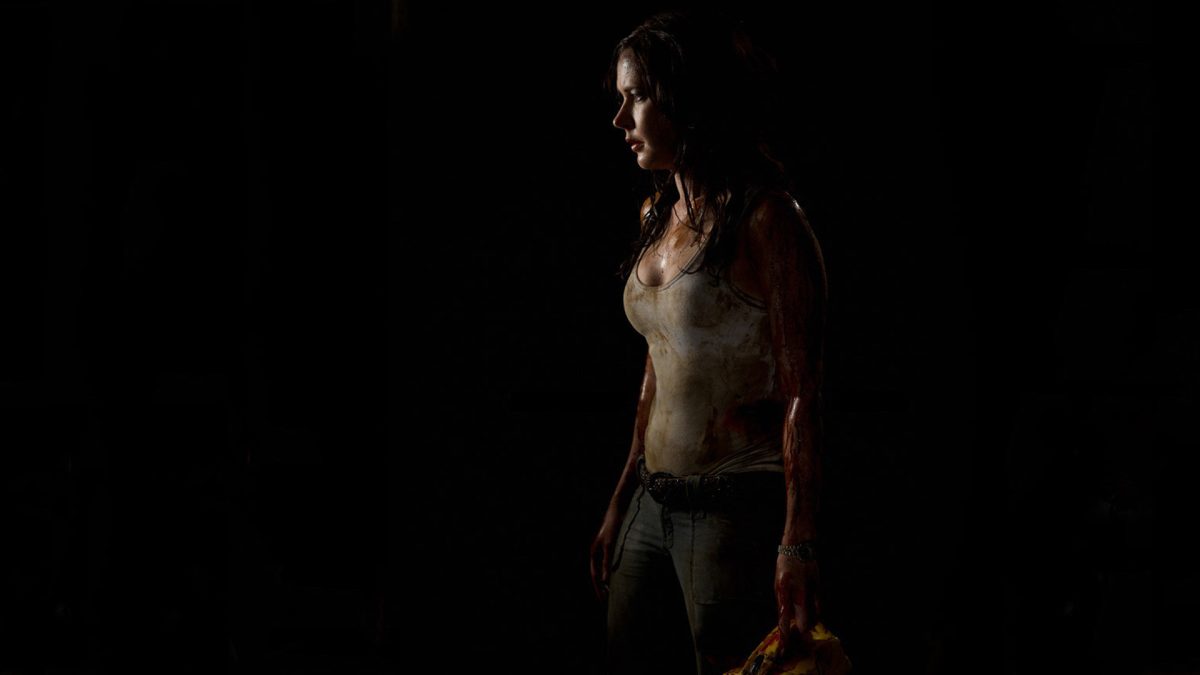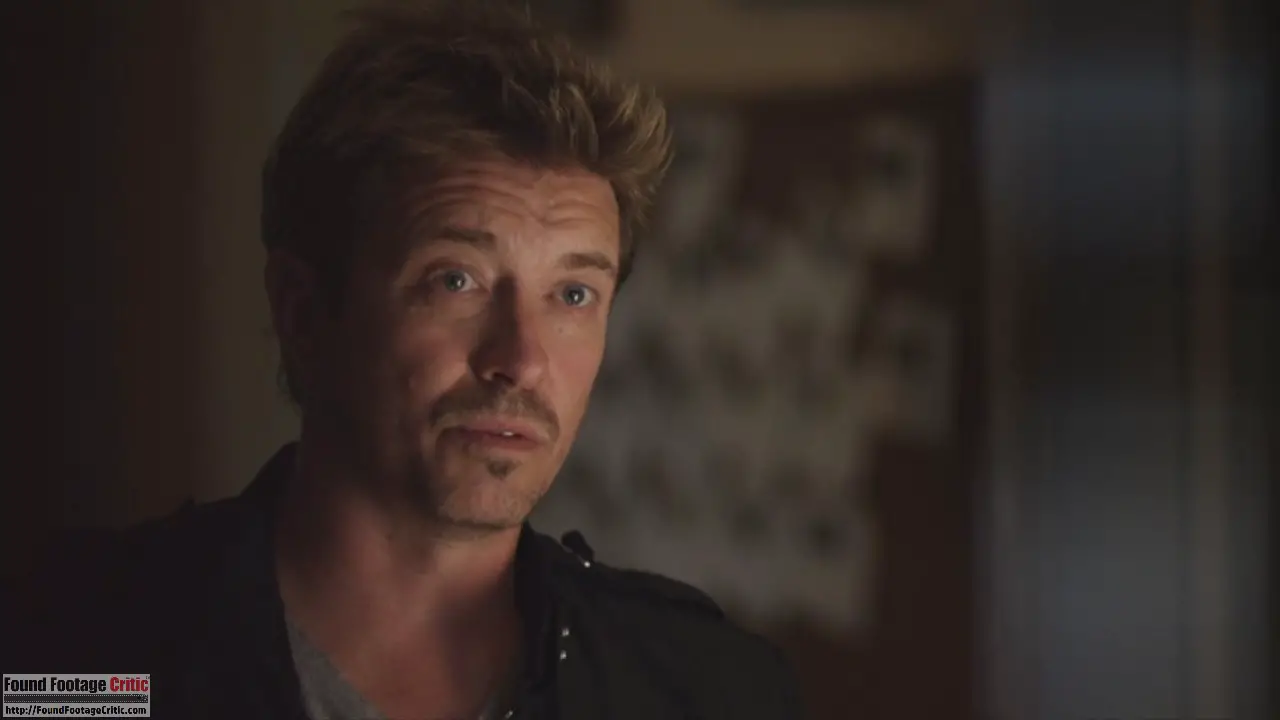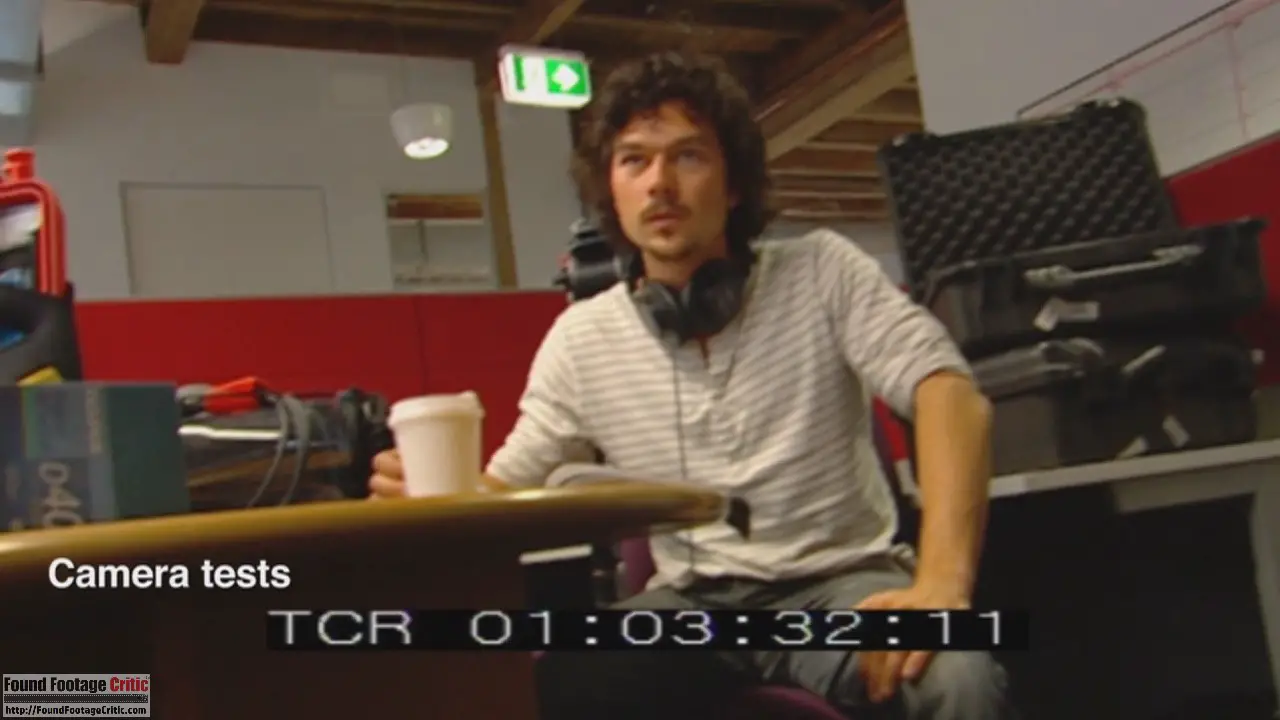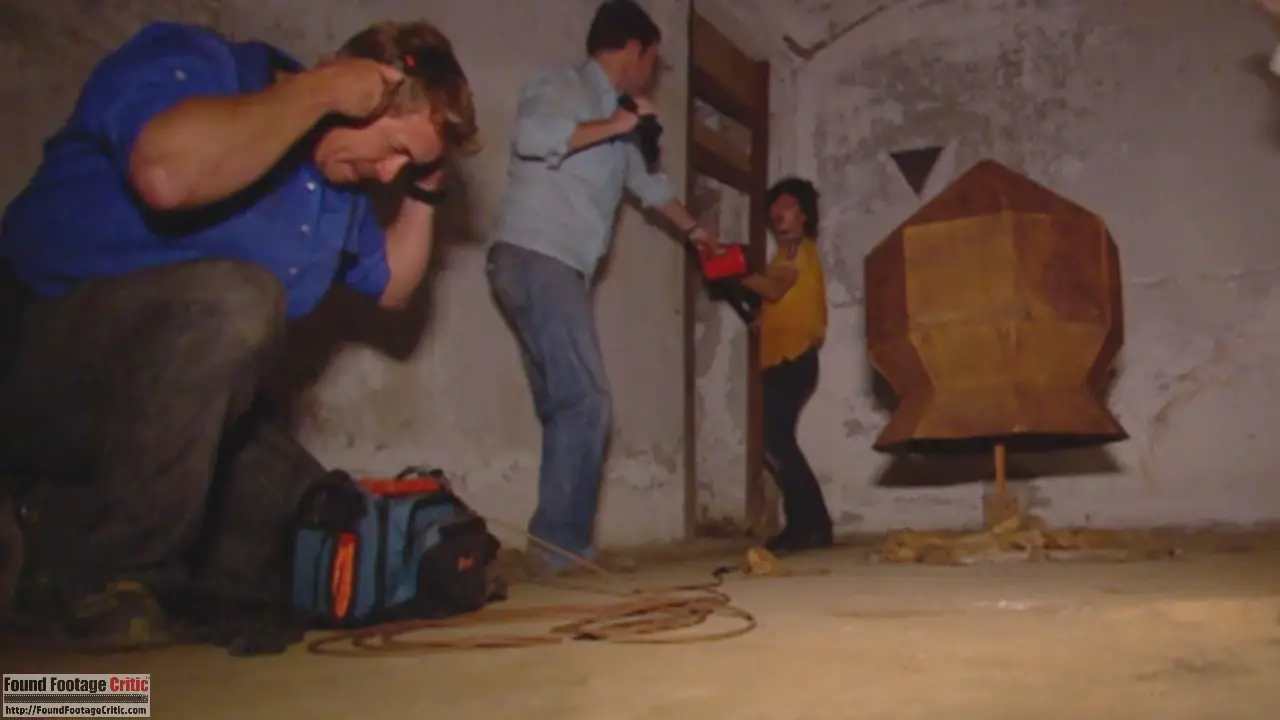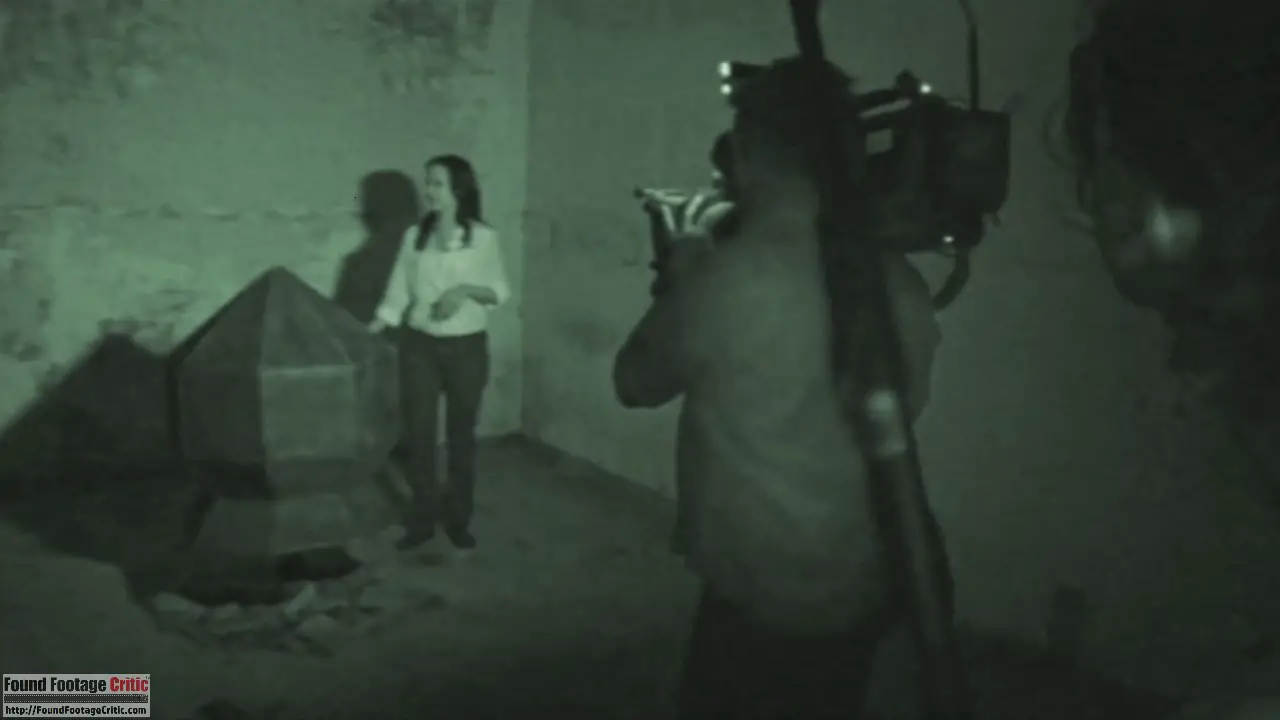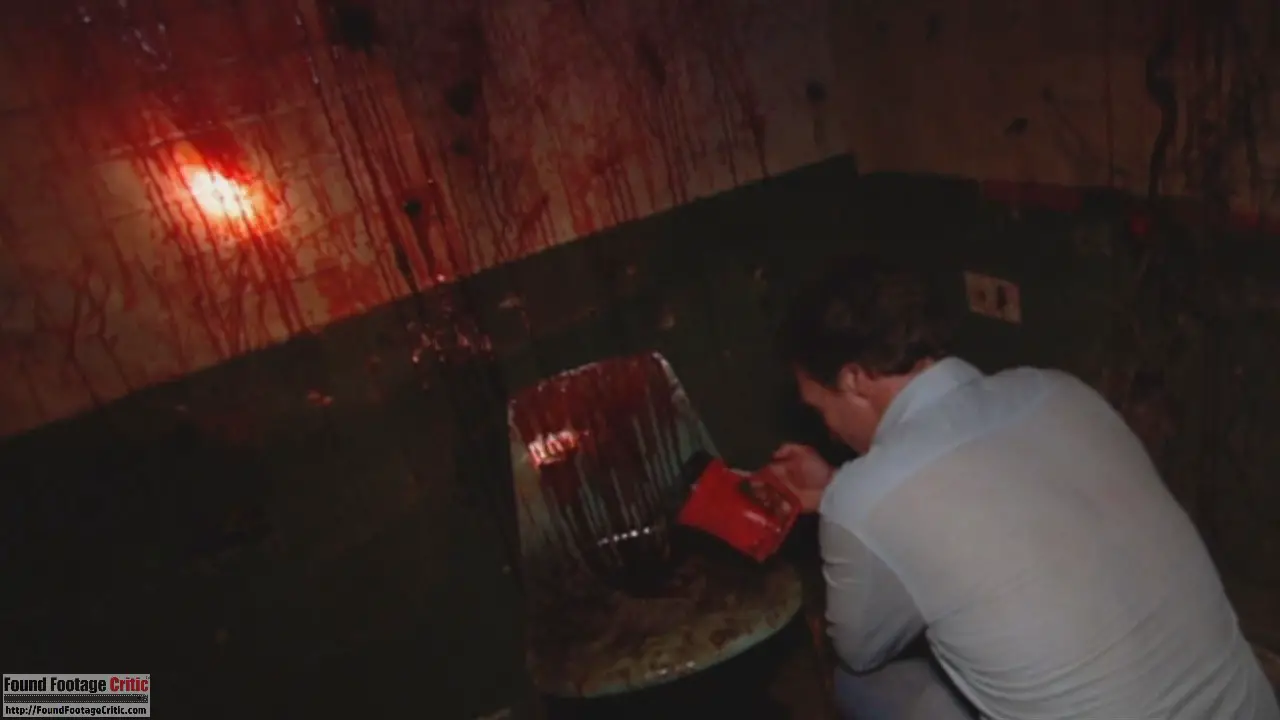“The Tunnel” is a found footage horror movie from Australia that is directed by Carlo Ledesma and written by Enzo Tedeschi and Julian Harvey. The film is a mockumentary following a news crew investigating an alleged government cover-up involving the homeless population living in a network of abandoned subway tunnels deep beneath Sydney, Australia.
The Tunnel is noteworthy in that the film was entirely crowdfunded. The project raised over $100,000 U.S. dollars to cover the cost of the ambitious production.
The mockumentary opens with an on-screen message explaining that the film includes actual police video evidence of the events that transpired in the tunnels beneath Sydney. From here, the film transitions to news stories describing a drought plaguing Sydney, and plans to build a water reclamation plant that will tap water from an abandoned reservoir under the city to provide some measure of relief. The City’s plans are juxtaposed by allegations that countless homeless people living in the subterranean tunnels would be displaced by the building of the new plant.
The Tunnel continues, walking us through a series of mockumentary style interviews, introducing investigative reporter Natasha (Bel Deliá), who plans to investigate the tunnels in person and unearth the truth behind the rumors and accusations. On Natasha’s team are cameraman Steve (Steve Davis), soundman Jim ‘Tangles’ (Luke Arnold), and reporter Peter (Andy Rodoreda). The intrepid news crew works their way into the depths of the tunnel network, only to find themselves lost in a seemingly endless maze of twists and turns. Adding to the terror, the news crew find themselves stalked by someone or something that is beyond their worst nightmares.
Plot
The story driving The Tunnel is nothing short of compelling. The idea of a group of individuals lost in a subterranean maze is both frightening and claustrophobic, especially considering that the tunnels are pitch black and the film crew only has a limited amount of battery life in their cameras to power their lights and find their way back to safety. Adding to the tension is a terrifying creature stalking the group. Since the mockumentary is shot (and the survivors are interviewed) after the tragic events took place, the identities of the unfortunate victims are rather obvious. Despite this fact, the manner in which the story unfolds is surprisingly riveting and tension-filled.
Found Footage Cinematography
The Tunnel is filmed in a pure mockumentary format that is no different than any well-executed documentary on the History Channel or similar network. Similar to an actually documentary, the survivors of the tragedy are interviewed and describe the events that led up to their horror-filled evening. The interviews are interlaced with recovered found footage, providing a glimpse into what actually took place. The interviews and found footage are expertly blended together, resulting in seamlessly executed and fascinating story.
The film uses a combination of professional video cameras, handheld video camera,surveillance cameras, and a 911 call audio file. The handheld video camera is equipped with night vision, offering some great visuals of the dark and eery tunnels. The found footage cinematography is very well done. The fact that a seasoned camera crew is performing most of the filming lends credibility to the well-framed shots. These scenes are mixed with chaotically shot footage captured when the cinematographers are under stress or being chased.
Similar to an actual documentary, The Tunnel contains incidental music throughout. While we normally criticize found footage films for including ambient music, its inclusion in The Tunnel is perfectly natural, as the footage was subsequently edited and incorporated into the mockumentary.
Found Footage Filming Reason
The filming reasons employed throughout The Tunnel are sound from end-to-end. The interview portions of the film are intentionally shot as part of the final mockumentary, while the found footage segments are primarily filmed to capture a news story. Additional filming reasons used later in the film include using the video as a light source (particularly the handheld video camera night vision), and cameraman Steve’s proclamation that he’s filming everything as evidence to avoid being blamed for any wrongdoing.
Found Footage Purity
The Tunnel does a very good job maintaining the illusion of pure found footage. The found footage and mockumentary footage work well together and come across as convincing and realistic. Although the found footage execution is very good, the film is not perfect.
The Tunnel opens with a rather long cinematic style opening credit sequence which may initially detract from the found footage purity for some viewers. The film would have benefited from an opening credit sequence that looks more like a mockumentary rather than the opening sequence of a feature film.
Despite this small misgiving, the found footage execution used throughout The Tunnel is compelling.
Acting
The acting in The Tunnel is exceptional from end-to-end. Bel Deliá, as Natasha performs phenomenally as the guilt-ridden investigative reporter, who also exhibits signs of denial about the poor choices she made that led up to the tragic events of that horrific evening. Steve Davis as Steve arguably steals the show as the easy-going, personable, and highly professional cameraman working with Natasha on their latest assignment. It’s Steve Davis’ great acting that serves as the glue that binds the cast together in the claustrophobic tunnels beneath Sydney. Luke Arnold as soundman Jim ‘Tangles’ and Andy Rodoreda as reporter Peter perform admirably in their respective roles. Both characters exhibit a great synergy with the ensemble cast as they navigate through the dark and eery maze of tunnels.

